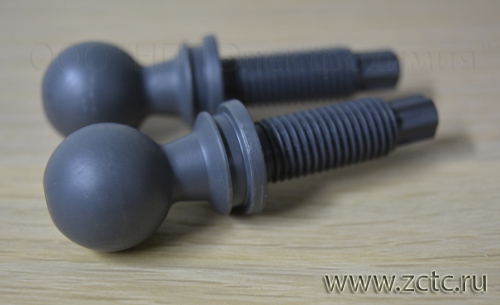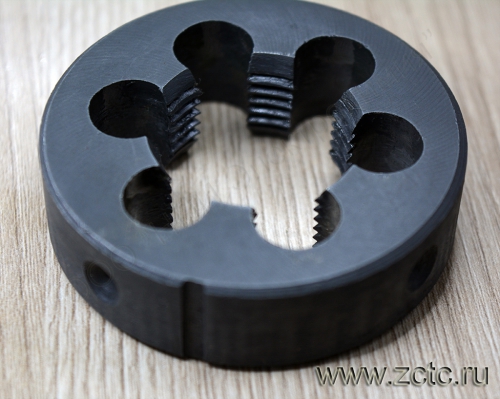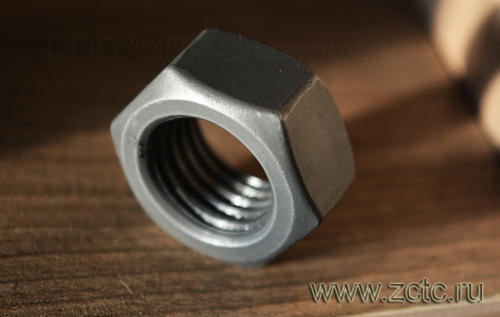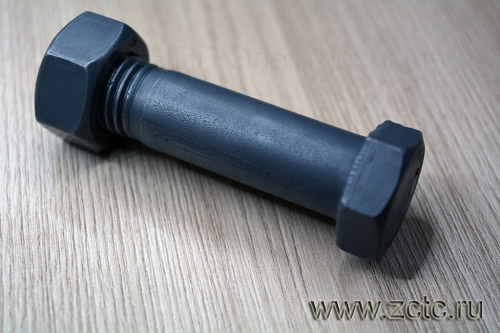ZINC-NICKEL COATING OF STEEL
Description
Please note - this service is temporarily unavailable
Zinc-nickel alloy is more heat and corrosion resistant than regular zinc. It has high hardness and a pleasant matte or semi-shiny appearance. Zinc-nickel coating is used as an alternative to cadmium coatings. Depending on the percentage of nickel in the alloy, the properties of the coating also change. With a nickel content of less than 10%, the coating is weakly resistant in salt environments, while with a nickel content of more than 25%, it is absolutely stable and can completely replace cadmium. However, in this case it ceases to be anodic to the steel and continues to protect it only mechanically (cathodically). The optimal nickel content is 12 to 16 percent. This coating is especially popular in the automotive industry; it is used at BMW, Audi, Fiat, Renault factories, as it can withstand a constant temperature of 100°C in the engine compartment. The durability of the coating without additional treatment (passivation, impregnation with oils, etc.) in 5% salt spray is 300-500 hours. The coating is passivated in the same way as pure zinc.
You can order steel coating with zinc-nickel alloy in accordance with GOST 9.305-84 by phone and email specified in the section "CONTACTS".
Characteristics
|
Designation (examples) |
Zn-Ni |
|
Thickness |
6-50 microns (optimal, greater thickness is possible) |
|
Microhardness |
4000-4500 MPa |
|
Electrical resistivity at 18° C |
0.027-0.035 Ohm. |
|
Permissible operating temperature |
300° C |
|
Nickel content in Zn-Ni alloy |
10-25% |
Advantages:
- Zinc-nickel coating (with a Ni content of no more than 20% in the alloy) is anodic to steel and electrochemically protects it from corrosion.
- Stable in saline environments and is an alternative to cadmium plating. In some cases, the corrosion resistance of C-N is 2-3 times higher than that of cadmium coatings. At the same time, zinc-nickel, unlike cadmium, is not highly toxic.
- Has a pleasant matte or semi-shiny appearance and does not oxidize in the atmosphere for a longer time than pure zinc coating.
- Zn-Ni does not lose its anti-corrosion properties during constant operation at temperatures above 90°C (unlike pure zinc coatings).
Disadvantages of galvanizing:
- Zinc-nickel coating is harder than regular zinc, and therefore more fragile, does not tolerate bending, stamping, flaring, etc.
- When the nickel content in the alloy is more than 20%, the coating becomes cathodic to the steel and protects it only mechanically (in the absence of chips, scratches, etc.).

Read also articles
Galvanizing mechanism
Description of the galvanic galvanizing process. Electrolytes.
Hydrogenation and removal of hydrogenation of steel after galvanizing
The problem of hydrogenation during galvanizing. How to dehydrate?

Do you want to become our client?
Just leave your request by filling out the form on the right and we will contact you as soon as possible. Thank you!

By submitting an application, you agree to processing of your personal data. Your data is protected.








